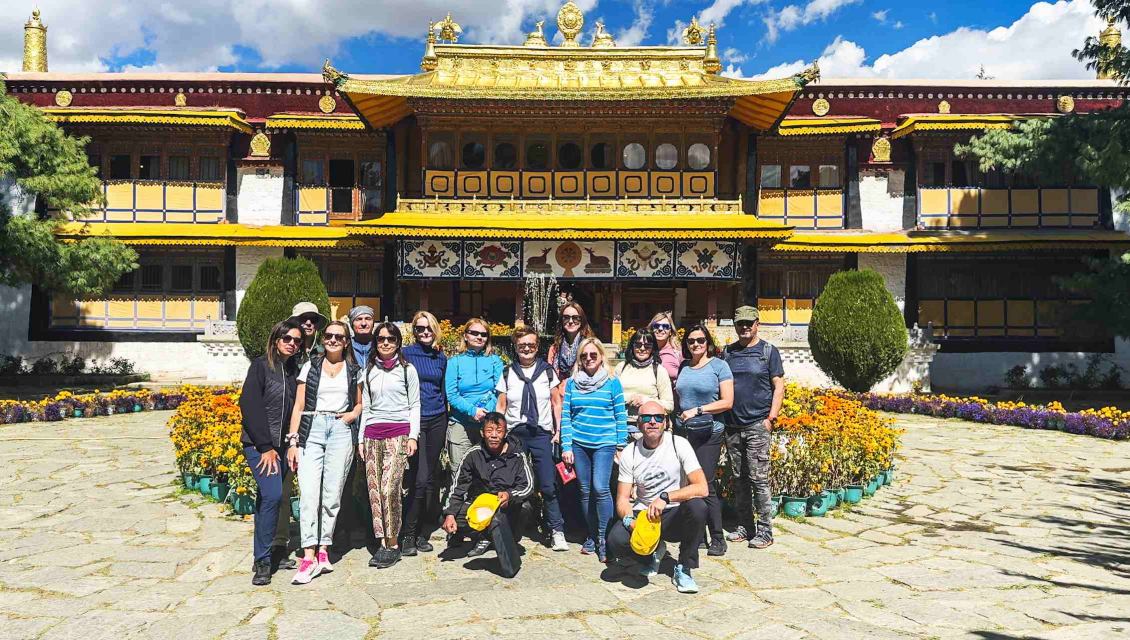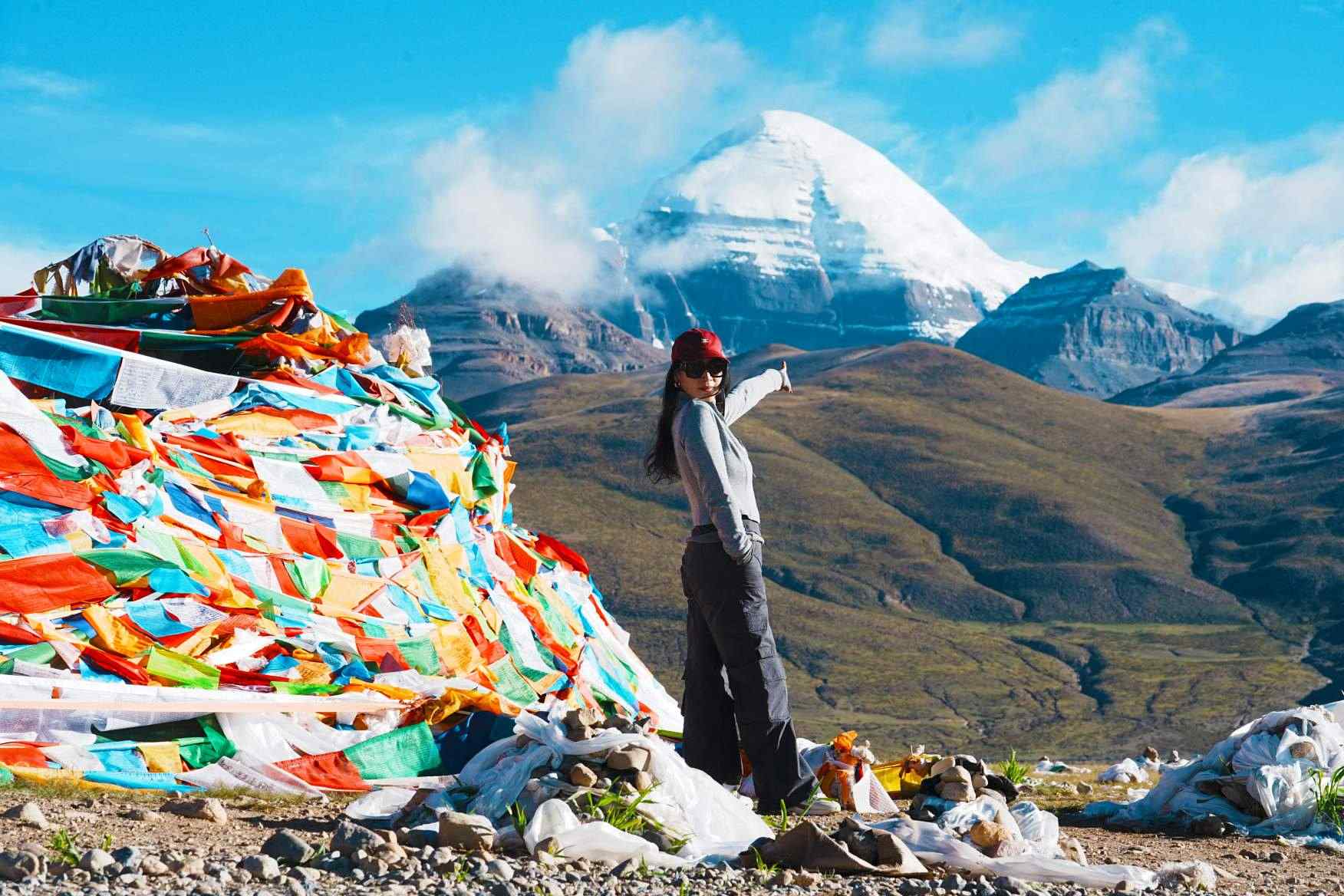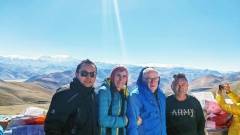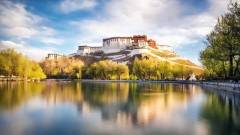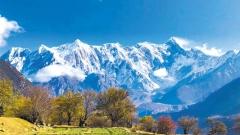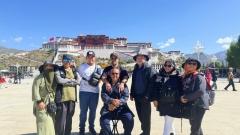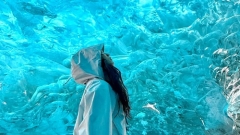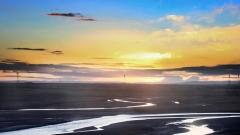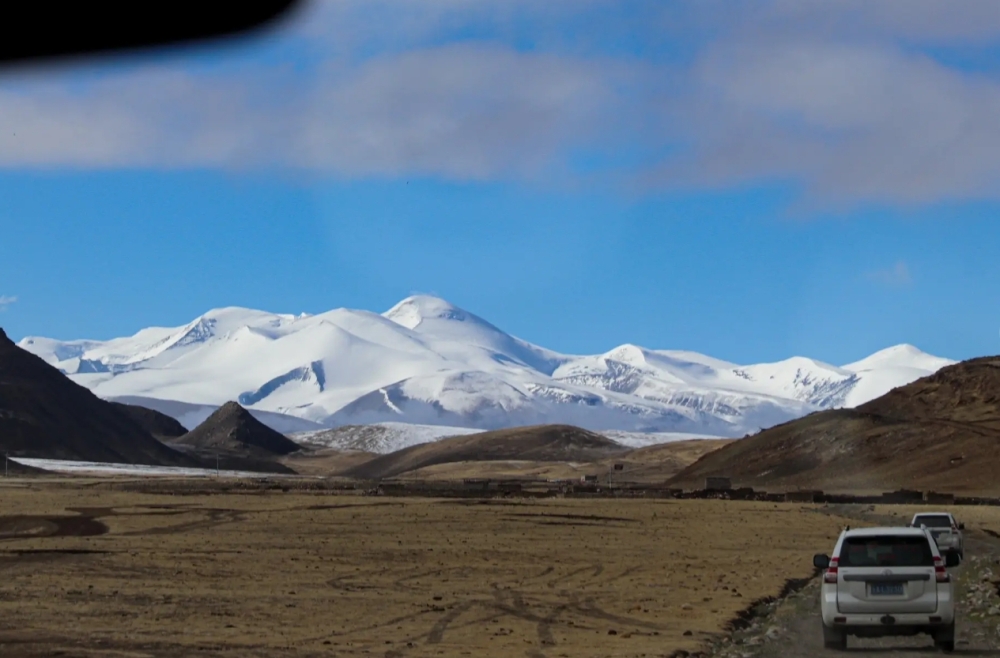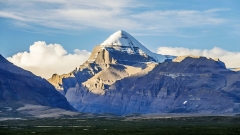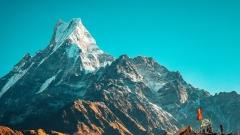Tibet is not merely a destination; it is a realm of purity suspended between heaven and earth. With its soaring peaks, chanting monks, vast lakes reflecting the sky, and the silence of high-altitude deserts, this land has stirred the hearts of pilgrims and explorers for centuries.
But Tibet is vast, its landscapes extreme, and its rhythm unlike any other. Planning the perfect journey requires not only curiosity, but understanding, respect, and preparation. Whether you are drawn by spiritual reverence, natural splendour, or the thrill of venturing to the world’s rooftop, this guide is here to help you choose the Tibet tour that best suits your soul.
Know your travel purpose and preferences
Before selecting a route, ask yourself: what are you seeking in Tibet?
Are you moved by the sight of saffron robes, spinning prayer wheels, and butter lamps glowing in ancient halls? Or does your heart race at the thought of trekking among glaciers, camping by turquoise lakes, and waking to Himalayan sunrises?
-
If your goal is pilgrimage and culture, Lhasa, Shigatse, and Tsedang form the golden triangle. Here you’ll find the iconic Potala Palace, the sacred Jokhang Temple, the meditative serenity of Samye Monastery, and the historical grandeur of Tashilhunpo.
-
If you prefer nature and wilderness, journey westward to Mount Everest Base Camp, the mirror-like Yamdrok Lake, and the boundless plains of Ngari, where the sacred Mount Kailash rises beyond the clouds.
-
For those who desire less-travelled paths, Nyingchi in the east offers forested valleys, snowcapped peaks, and blooming peach blossoms in spring, often called “Tibet’s Switzerland”.
Understand Tibet’s geography and regional characteristics
Tibet is not a single landscape, but a mosaic of climates, altitudes, and cultural textures.
-
Central Tibet, centred around Lhasa, is rich in Buddhist heritage, with easier transportation and milder altitudes (3,600m on average). Ideal for first-time visitors.
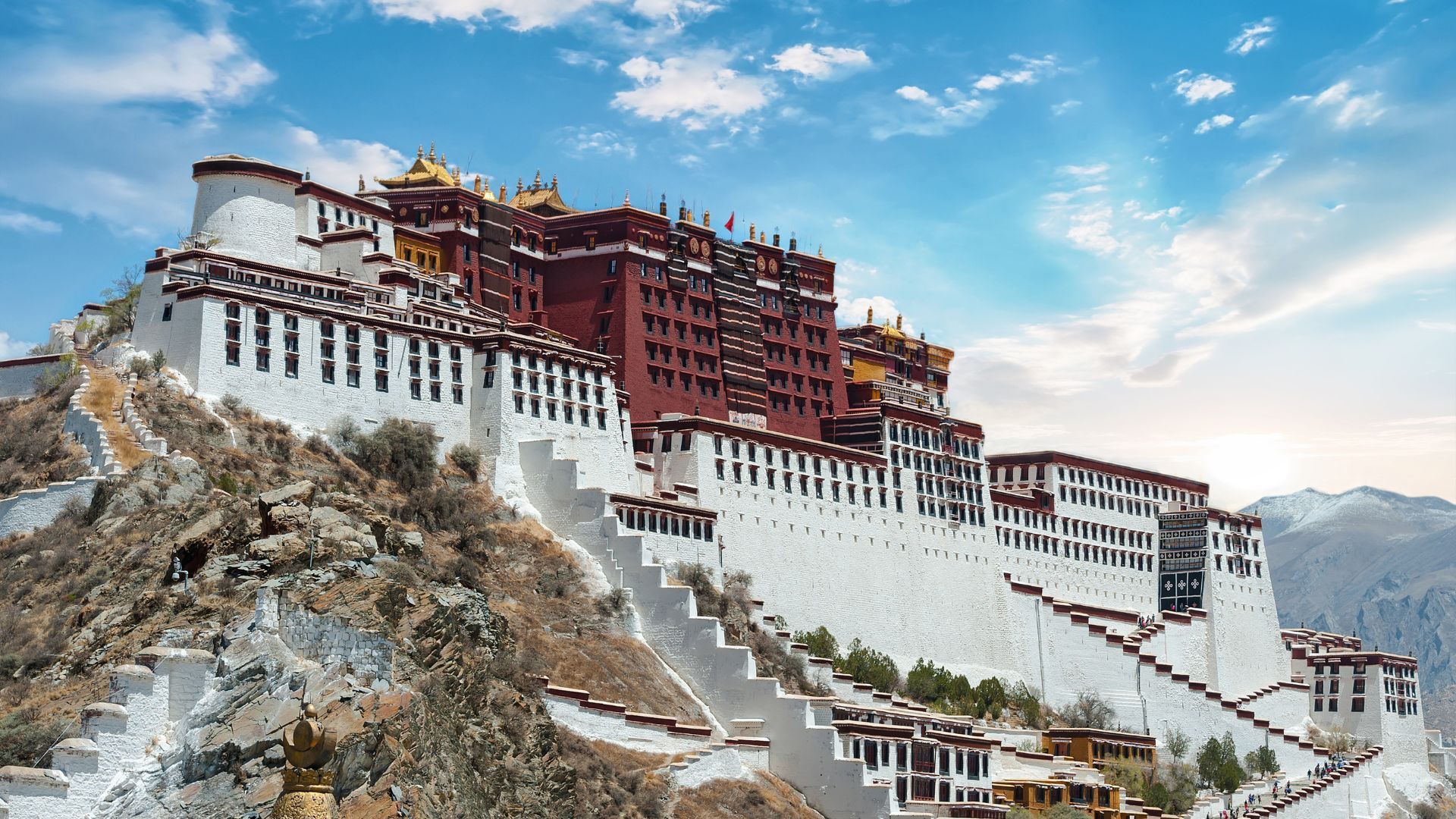
Potala Palace
-
Western Tibet is remote and rugged. Ngari’s mystical terrain demands longer travel times and high-altitude endurance, but rewards the brave with unforgettable solitude.
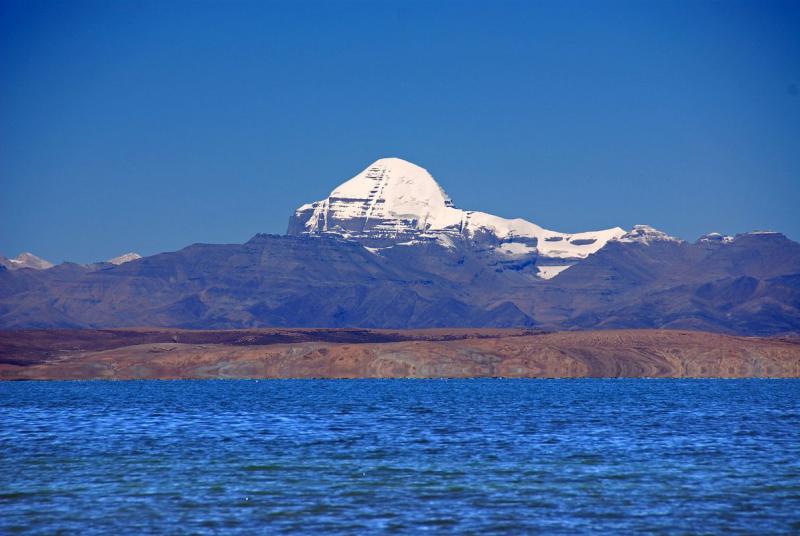
Mount Kailash and Lake Manasarovar
-
Eastern Tibet, including Nyingchi and Chamdo, features lower altitudes (around 3,000m), lush forests, and river gorges, especially beautiful from March to June.
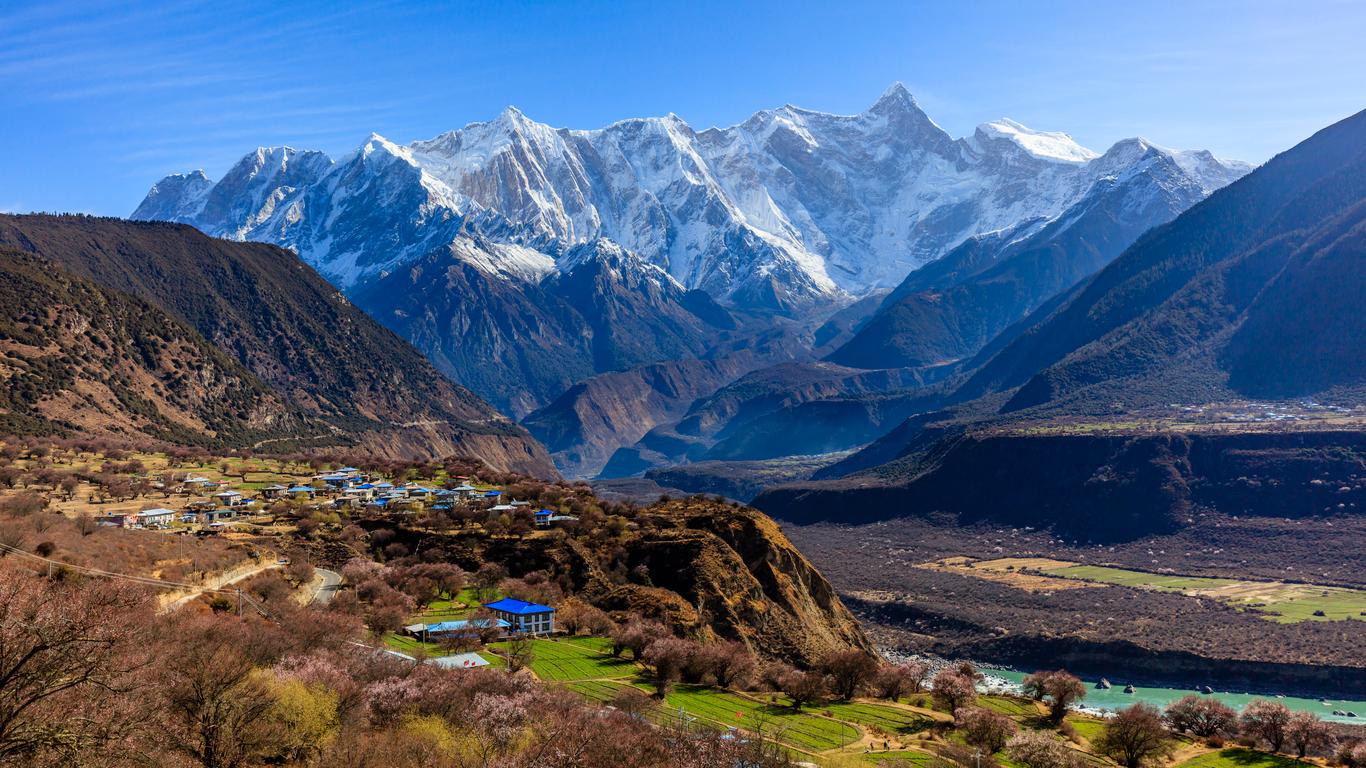
Nyingchi
-
Southern Tibet extends to the Himalayas. Here lie the highest peaks, such as Mount Everest and Makalu, with stunning highland valleys below.
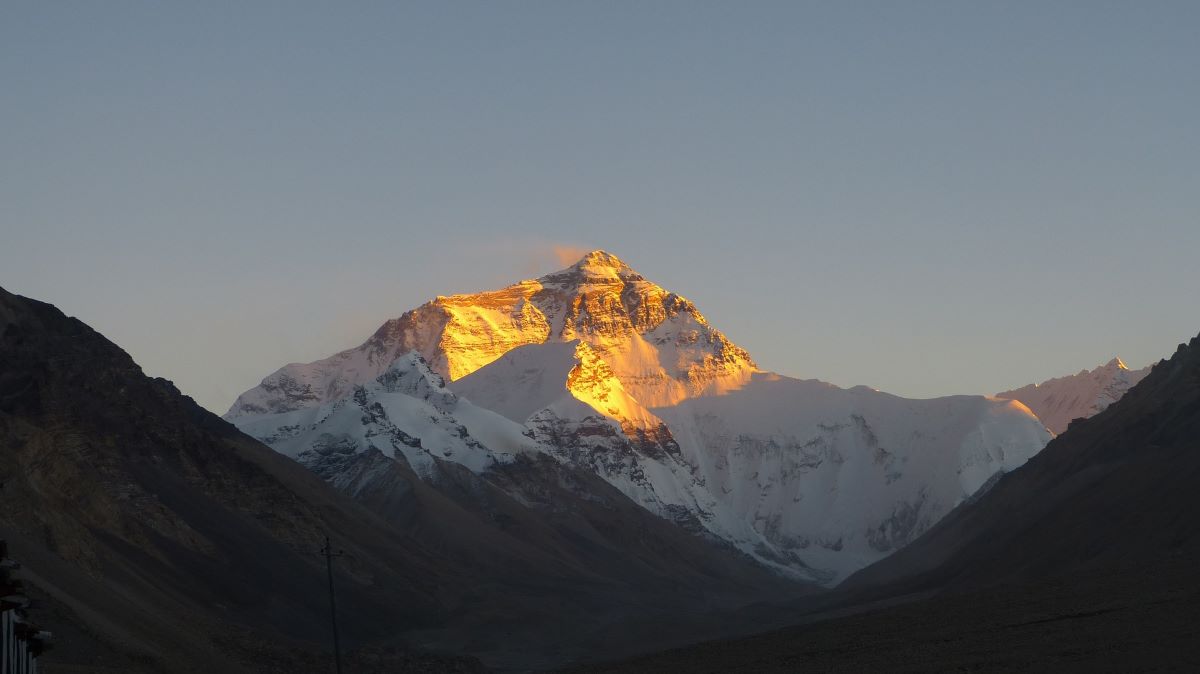
Mount Everest
Each region has its own mood and tempo — consider carefully not only what you wish to see, but how much time and energy you can devote to getting there.
Consider your available time
Tibet’s vast distances and variable infrastructure make travel time an important factor.
-
5–8 days: A classic Lhasa + Yamdrok + Shigatse route lets you see major temples and highland lakes. Suitable for most people, especially if it’s your first visit.
-
8–10 days: Add Everest Base Camp, or extend to Tsedang for historical depth. This period allows both culture and some adventure.
-
11–15 days: Venture to Mount Kailash or the vast Ngari Plateau. This is the realm of sacred circumambulations, barren beauty, and stargazing under the clearest skies.
-
Over 2 weeks: You can explore Eastern Tibet or undertake deep trekking adventures (e.g., Gama Valley or Lhamo Latso routes), ideal for experienced travellers with time and high-altitude fitness.
Choose the best season to visit
Tibet welcomes travellers year-round, but each season reveals a different face of the plateau.
-
Spring (April–May): Eastern Tibet bursts into bloom, especially Nyingchi. The skies clear and mountain visibility improves. Mild temperatures and good road conditions make this a perfect balance.
-
Summer (June–August): Peak season. Lush meadows, bustling temples, and major religious festivals like Shoton fill the air with life. However, expect occasional rain and more tourists.
-
Autumn (September–October): Crystal-clear skies, golden trees, and ideal conditions for photography and trekking. One of the most recommended periods.
-
Winter (November–March): Fewer travellers, deeply spiritual atmosphere, and budget-friendly prices. Lhasa remains accessible, and major temples are still vibrant with local worshippers. Roads to remote areas may be closed.
Know your physical limits
Tibet’s average altitude is over 3,500 metres, and some regions exceed 5,000. Altitude sickness is a real concern — preparation is key.
-
For sensitive travellers or older visitors, Lhasa + Shigatse is a moderate option with gradual elevation gain.
-
If you wish to visit Everest Base Camp or Mount Kailash, build in at least 2–3 days of acclimatisation in Lhasa beforehand.
-
Drink warm water, avoid strenuous activity for the first two days, and consult a doctor if you have heart or lung conditions before departure.
-
Most travellers do not require oxygen tanks, but it’s wise to carry altitude pills (like acetazolamide) just in case.
Decide between group tours and private tours
Due to Tibet’s permit policy, all foreign visitors must travel with a licensed guide and pre-arranged itinerary.
-
Group tours are cost-effective and perfect for first-time visitors. Departures are usually fixed, and the routes standardised, such as 8-day Lhasa to Everest.
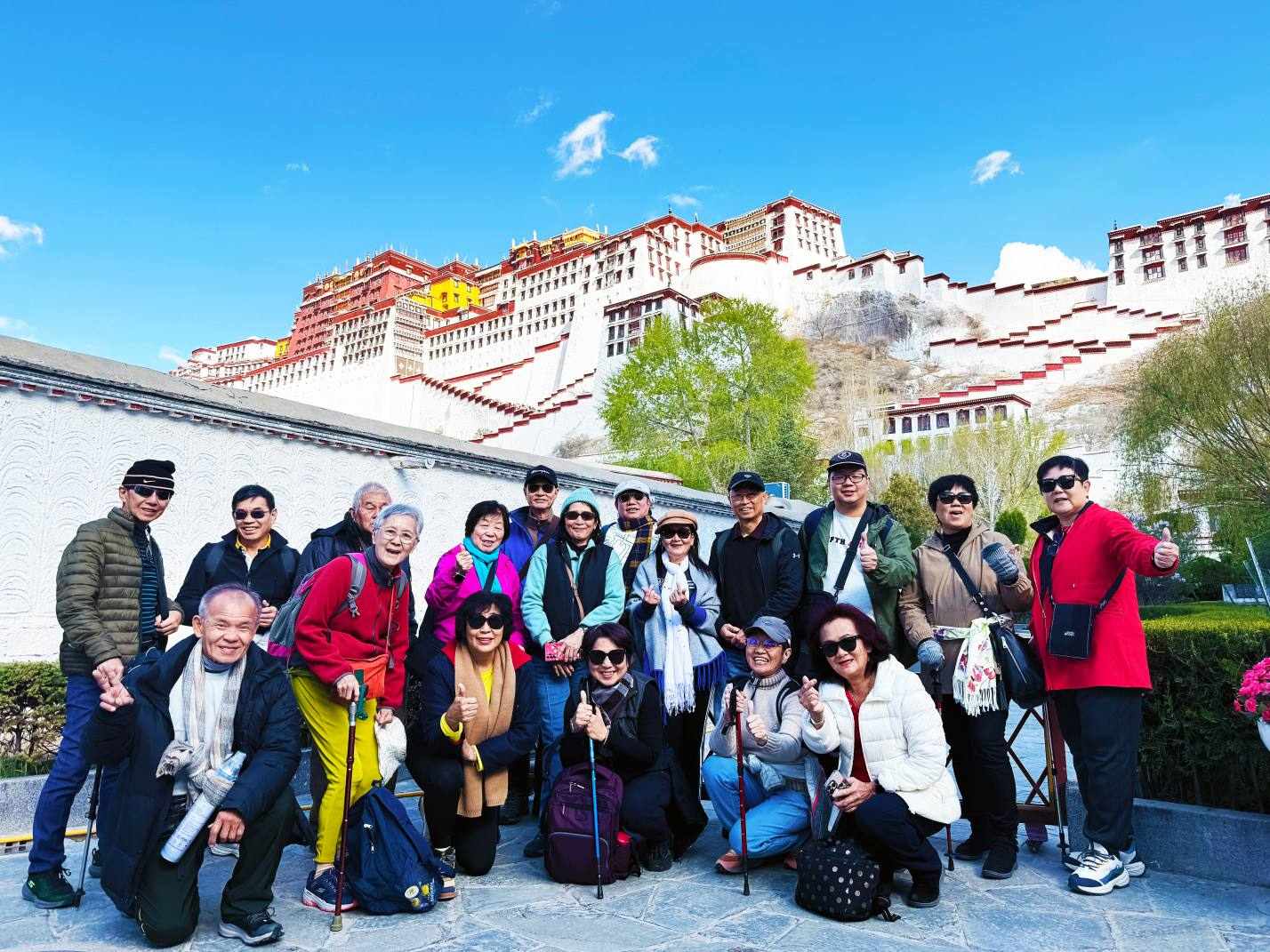
Our Guests at Potala Palace
-
Private tours offer flexibility in pace, itinerary, and activities. Ideal for families, photographers, spiritual seekers, or those with specific interests.
Both tour types will handle permits, accommodations, and guide services — your main decision is whether you value price or privacy more.
Budget and essentials
Tibet is not particularly expensive, but logistics and permits mean it’s not as budget-friendly as other parts of China.
-
Group tours start around USD $600–900 for 8-day trips (excluding flights/trains).
-
Private tours vary widely — expect upwards of USD $200 per day depending on car size, hotel level, and season.
-
Essentials: Pack layers, sunglasses, lip balm, high-SPF sunscreen, and basic medicines. Internet access is limited, especially in rural areas. Carry cash, as card payments aren’t accepted everywhere.
A journey for the heart
To travel in Tibet is not simply to see mountains, lakes, and temples. It is to breathe in a rhythm that is older than nations. It is to watch prayer flags flutter against eternal skies. It is to encounter your own reflection in the still waters of Yamdrok, or in the solemn eyes of a monk lighting incense.
You may come with curiosity — but you will leave with reverence.
Let your steps be slow, your heart be open, and your journey be sincere.



